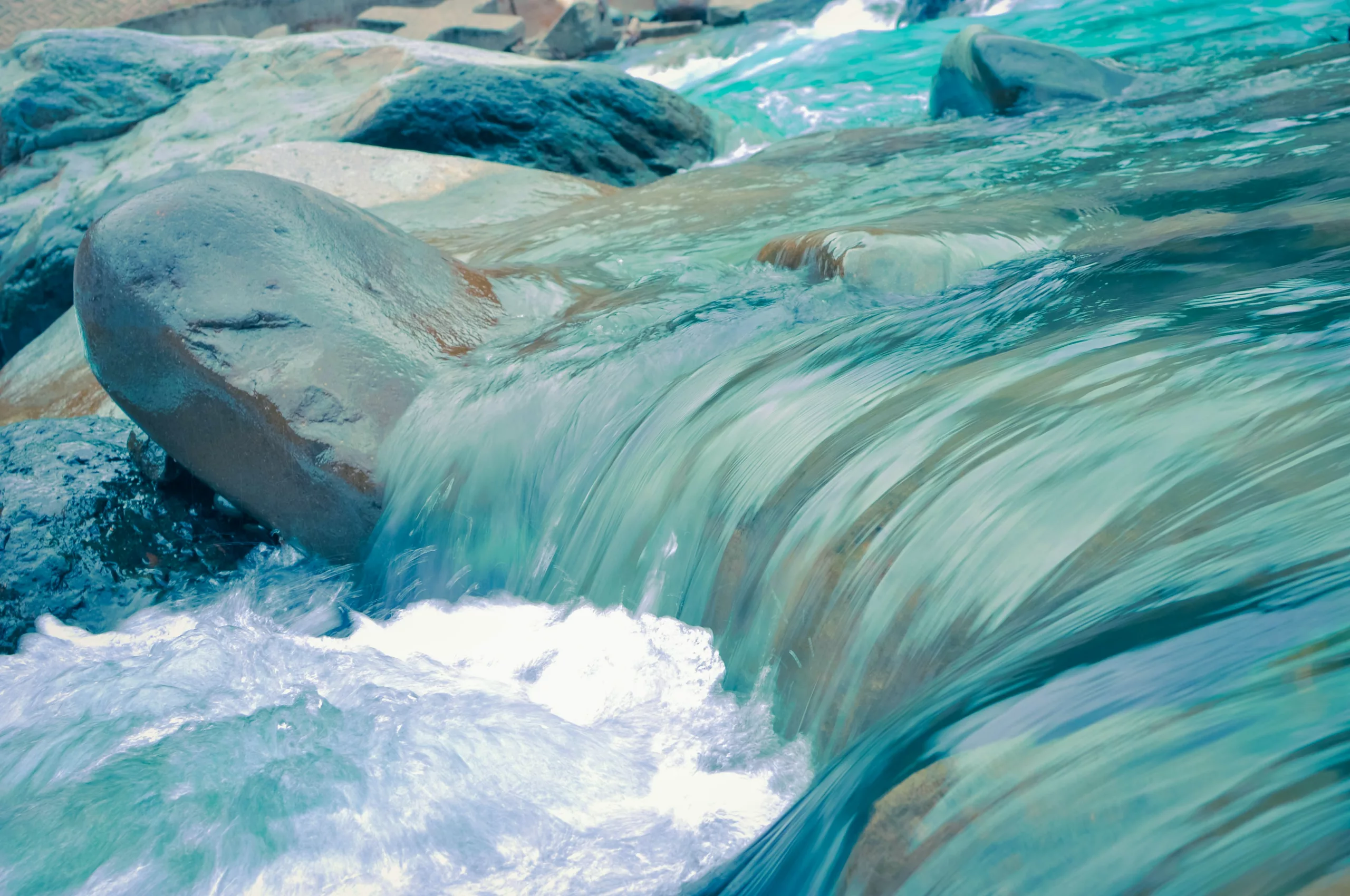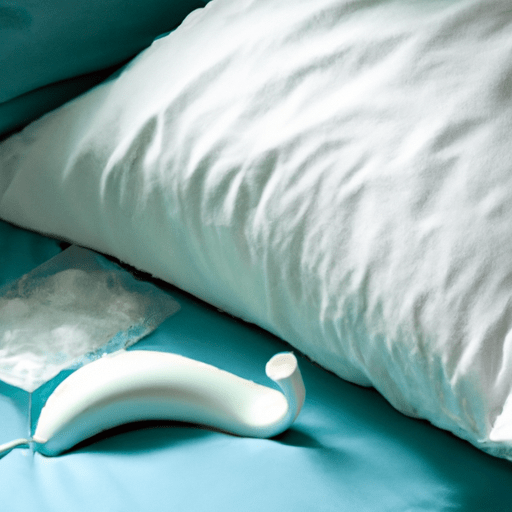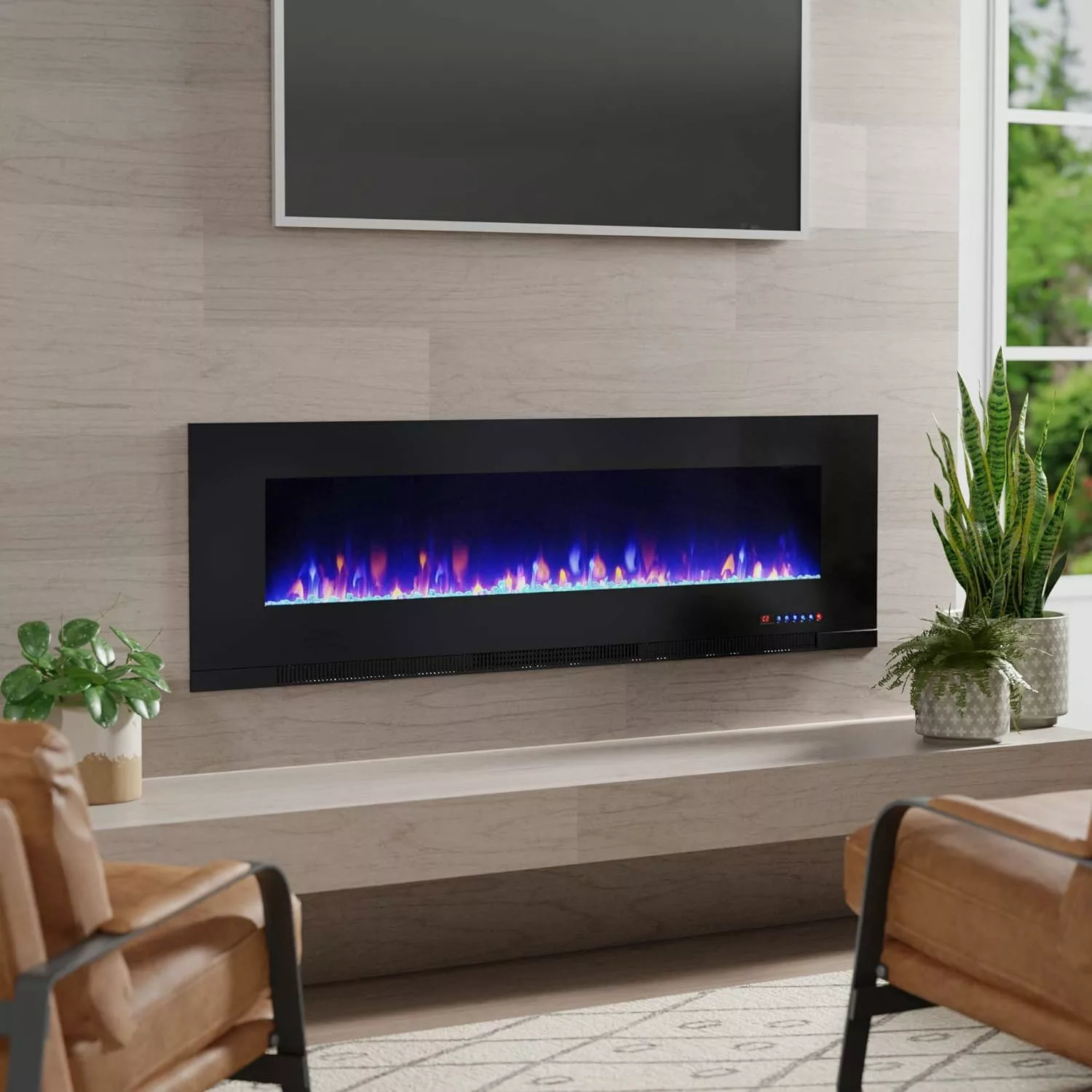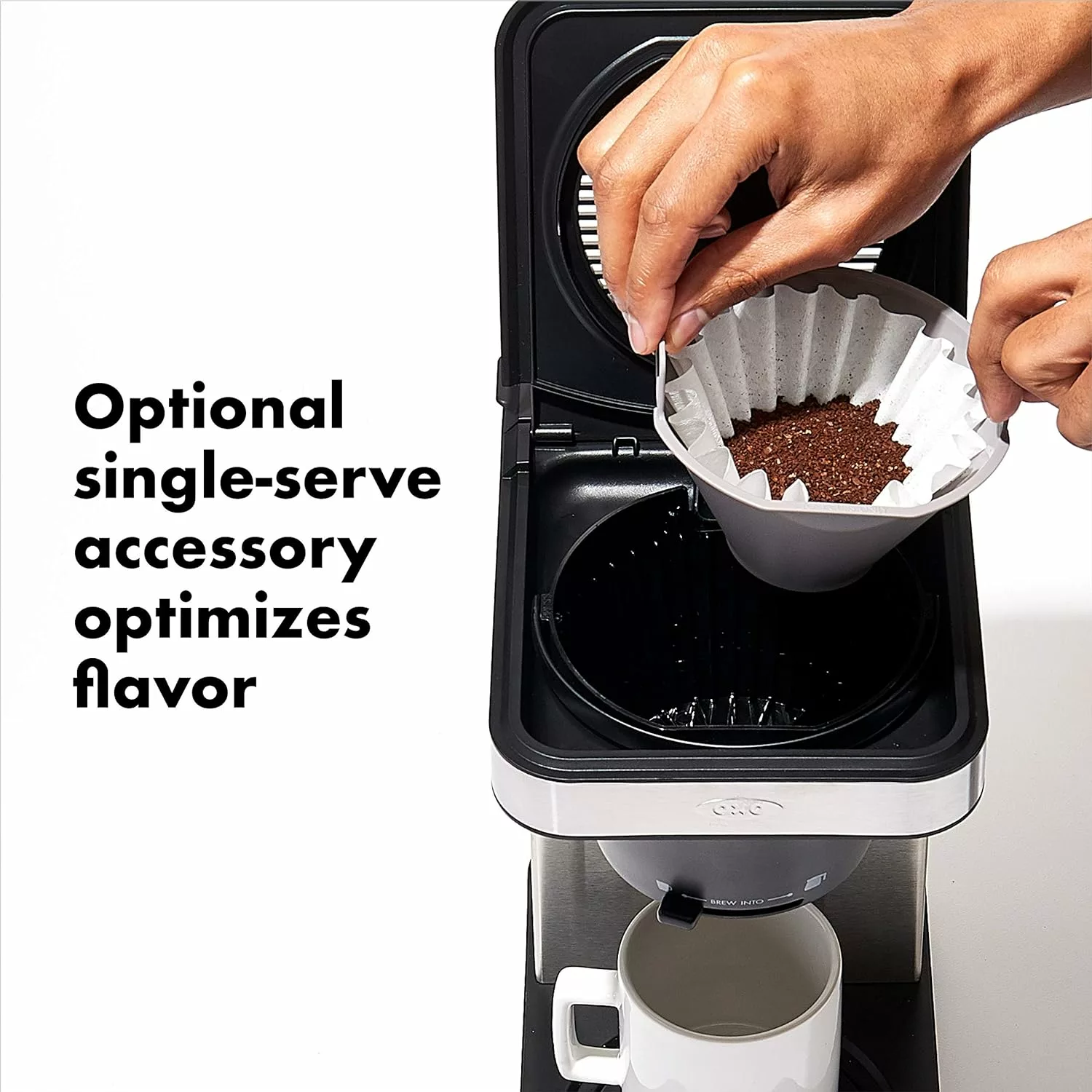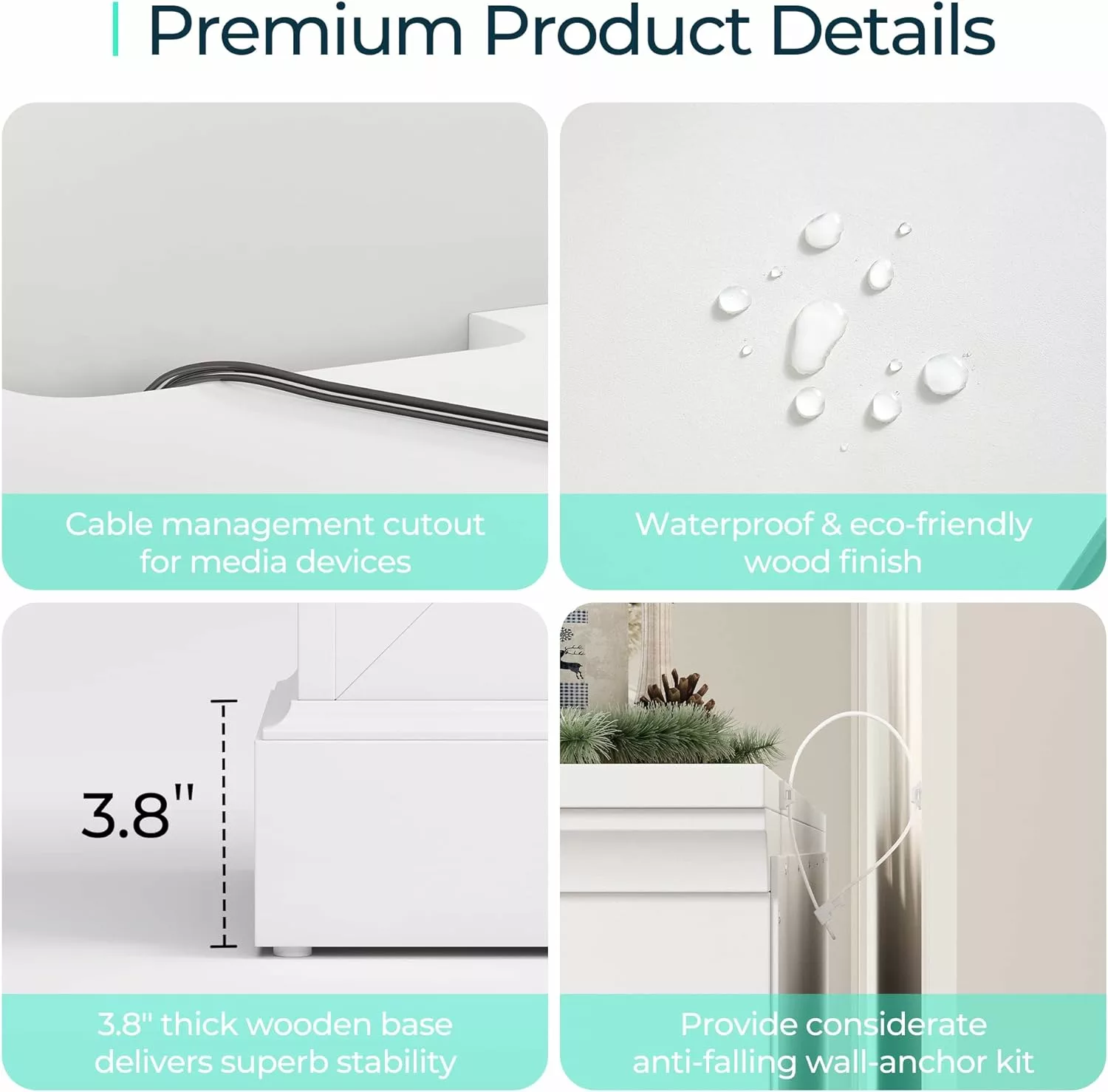If you’re a hot tub owner, you know how vital it is to maintain the perfect balance of water chemistry for a relaxing and enjoyable soak. However, harsh chemicals and traditional water softeners may not always be the best solution. Luckily, there are six natural ways to soften hot tub water that are gentle on your skin and the environment. From using vinegar to incorporating baking soda, these simple remedies will leave your hot tub water silky smooth and ready for you to fully unwind in. Say goodbye to dry skin and say hello to an all-natural, rejuvenating hot tub experience.

This image is property of images.unsplash.com.
1. Understanding the Importance of Soft Water in Hot Tubs
1.1 The Role of Water Softness in Hot Tub Maintenance
When it comes to hot tub maintenance, water softness plays a crucial role. Soft water refers to water that has a lower concentration of minerals like calcium and magnesium. These minerals can contribute to the formation of scale and buildup, which can cause damage to your hot tub and its components. Soft water, on the other hand, is gentler on your hot tub, helping to prolong its lifespan.
1.2 The Benefits of Soft Water for Hot Tub Users
Soft water not only benefits the hot tub itself but also enhances the experience for hot tub users. Soft water feels smoother and leaves your skin feeling softer after a soak in the tub. It also reduces the potential for skin irritation and dryness that can occur with hard water. Additionally, soft water helps to enhance the effectiveness of certain hot tub chemicals, ensuring that your water remains clean and safe for use.
2. Identifying Hard Water Issues in Your Hot Tub
2.1 Common Signs of Hard Water in Hot Tubs
Identifying whether you have hard water in your hot tub is essential for maintaining its condition. Some common signs of hard water include the formation of scale or white deposits along the waterline and on hot tub surfaces. You may also notice a decrease in the efficiency of your hot tub’s heater and filter system. If you are experiencing issues with cloudy water or if your hot tub chemicals seem less effective, hard water could be the culprit.
2.2 Effects of Hard Water on Hot Tub Components
Hard water can have detrimental effects on various components of your hot tub. The buildup of scale and mineral deposits can clog pipes, jets, and filters, reducing water flow and decreasing the overall performance of your hot tub. Over time, this can lead to more severe issues, such as damage to the heating element or plumbing system. By addressing hard water issues promptly, you can prevent costly repairs and keep your hot tub running smoothly.
3. Testing and Monitoring Water Hardness Levels
3.1 Importance of Regular Water Testing
Regularly testing the hardness levels of your hot tub water is essential for maintaining its quality. Water hardness is typically measured in parts per million (ppm) of dissolved minerals. A simple water test kit can help you determine the hardness levels and ensure that they are within the recommended range. By monitoring water hardness on a regular basis, you can take appropriate steps to prevent hard water issues.
3.2 Methods for Measuring Water Hardness in Hot Tubs
There are several methods available for measuring water hardness in hot tubs. One common method is to use test strips, which are dipped into the water and then compared to a color chart to determine hardness levels. Another option is to use liquid test kits that involve adding a reagent to a water sample and then comparing the resulting color change to a scale. Whichever method you choose, it is important to follow the instructions carefully to obtain accurate results.
4. Balancing pH Levels and Alkalinity
4.1 Maintaining Proper pH Levels
Along with water hardness, maintaining proper pH levels in your hot tub is crucial for optimal performance. The pH scale ranges from 0 to 14, with 7 being neutral. The ideal pH range for hot tub water is between 7.2 and 7.8. When the pH is too low, the water becomes acidic, which can corrode hot tub components and cause skin irritation. Conversely, if the pH is too high, the water becomes alkaline, leading to scale formation and reduced effectiveness of sanitizing agents.
4.2 Importance of Alkalinity in Hot Tub Water
Alkalinity refers to the water’s ability to resist changes in pH. It acts as a buffer, helping to stabilize the pH levels in your hot tub. The recommended alkalinity range for hot tubs is typically between 80 and 120 ppm. When the alkalinity is within this range, it provides a stable environment for sanitizer effectiveness and prevents pH fluctuations. This, in turn, helps to maintain water clarity and prolong the life of your hot tub and its components.
4.3 Products for Adjusting pH and Alkalinity
If your hot tub’s pH or alkalinity levels are outside the recommended range, there are products available to help you adjust them. pH increasers, such as baking soda or soda ash, can raise the pH level, while pH decreasers, such as sodium bisulfate, can lower it. Similarly, alkalinity increasers, such as sodium bicarbonate, can raise alkalinity levels, while alkalinity decreasers, such as muriatic acid, can lower them. It’s important to follow the manufacturer’s instructions and make gradual adjustments to avoid drastic changes in water chemistry.

This image is property of images.unsplash.com.
5. Adding Natural Softeners to Hot Tub Water
5.1 Overview of Natural Softening Agents
If you prefer to use natural methods to soften your hot tub water, there are several options available. Natural softening agents can help to reduce the hardness of your water, preventing the buildup of scale and improving water quality. These agents are generally safe for use in hot tubs and provide an environmentally friendly alternative to traditional water softeners.
5.2 Using Vinegar for Water Softening
Vinegar, a commonly found household ingredient, can be used to soften hot tub water naturally. Adding distilled white vinegar to your hot tub can help to dissolve mineral deposits and reduce the effects of hard water. To use vinegar as a natural softener, simply add one to two cups to your hot tub and run the jets for at least 15 minutes. Afterward, drain and refill the tub to ensure the complete removal of any remaining vinegar.
5.3 Using Baking Soda for Water Softening
Another natural method for softening hot tub water is to use baking soda. Baking soda can help to raise the pH level and alkalinity of the water, which can contribute to a softer feel. To use baking soda as a natural softener, add it directly to your hot tub according to the manufacturer’s instructions. It’s important to note that baking soda should not be used as a substitute for regular water testing and balancing.
5.4 Other Natural Softening Methods to Consider
In addition to vinegar and baking soda, there are other natural methods that you can consider for softening your hot tub water. Some hot tub owners have reported success with using citric acid, which can help to remove scale and mineral deposits. Another option is using salt-based water softeners specifically designed for hot tubs. These softeners work by exchanging mineral ions with sodium ions, effectively reducing water hardness.
6. Filtering and Purifying Hot Tub Water
6.1 The Importance of Proper Filtration
Proper filtration is essential for maintaining clean and clear hot tub water. The filtration system in your hot tub helps to remove debris, contaminants, and particles that can accumulate over time. A well-functioning filter ensures that the water remains clean and safe for use, while also prolonging the life of your hot tub components.
6.2 Choosing the Right Filter for Your Hot Tub
Choosing the right filter for your hot tub is crucial for effective filtration. There are different types of filters available, including cartridge filters, sand filters, and diatomaceous earth (DE) filters. Each type has its own advantages and considerations, so it’s important to consult your hot tub’s manufacturer or a professional for guidance on selecting the appropriate filter for your specific hot tub model.
6.3 Regular Maintenance and Cleaning of Hot Tub Filters
Regular maintenance and cleaning of your hot tub filters is vital for optimal performance. Over time, filters can become clogged with debris, reducing their effectiveness. It’s recommended to clean your filters at least once a month and replace them as needed. Cleaning methods may vary depending on the type of filter, so be sure to follow the manufacturer’s instructions or consult a professional for guidance.
6.4 Additional Water Purification Options
In addition to filtration, there are other water purification options available for hot tub owners. These include using ozonators, UV sanitizers, and mineral sanitizers. Ozonators produce ozone gas, which helps to kill bacteria and viruses in the water. UV sanitizers use ultraviolet light to destroy microorganisms, while mineral sanitizers release minerals that inhibit the growth of bacteria and algae. These additional purification methods can enhance the cleanliness and safety of your hot tub water.

This image is property of images.unsplash.com.
7. Draining and Refilling Your Hot Tub
7.1 When and Why to Drain Your Hot Tub
Regularly draining and refilling your hot tub is important for maintaining water quality. Over time, hot tub water can become chemically imbalanced and accumulate a buildup of contaminants. It is generally recommended to drain and refill your hot tub every three to four months, although this may vary depending on usage and water conditions. Draining and refilling your hot tub also provides an opportunity to thoroughly clean the tub and its components.
7.2 Proper Draining Techniques
When draining your hot tub, it is essential to follow the proper techniques to ensure a safe and efficient process. First, turn off the power to the hot tub and disconnect any electrical connections. Next, locate the drain valve and attach a hose to it. Open the valve and allow the water to drain completely. To speed up the draining process, you can use a submersible pump. Once the tub is empty, take the time to clean the surface and remove any debris.
7.3 Refilling and Rebalancing Hot Tub Water
After draining your hot tub, it’s important to refill it with fresh water and rebalance the water chemistry. Begin by filling the tub through the skim filter to remove any large debris. Once the tub is filled, test the water for pH levels, alkalinity, and hardness using a water test kit. Adjust the water chemistry as needed to ensure that it falls within the recommended ranges. This includes adding softening agents if necessary and adjusting pH and alkalinity levels for optimal hot tub performance.
8. Preventing Hard Water Buildup in the Future
8.1 Strategies for Minimizing Water Hardness
Preventing hard water buildup in your hot tub is key to maintaining its condition. There are several strategies you can implement to minimize water hardness. One effective method is to use a water softening device specifically designed for hot tubs. These devices utilize ion exchange technology to remove calcium and magnesium ions from the water, reducing water hardness. Another strategy is to incorporate natural softening agents, such as vinegar or baking soda, on a regular basis to help counteract mineral buildup.
8.2 Regular Maintenance and Cleaning Tips
Regular maintenance and cleaning play a vital role in preventing hard water buildup in your hot tub. Routinely cleaning the tub, filters, and jets helps to remove any accumulated minerals or debris. It is also important to regularly check and adjust the water chemistry, including pH, alkalinity, and hardness. By staying on top of maintenance and cleaning tasks, you can limit the impact of hard water and prolong the life of your hot tub.
8.3 Water Softening Devices for Hot Tubs
Investing in a water softening device specifically designed for hot tubs is a long-term solution for preventing hard water buildup. These devices work by removing minerals from the water, effectively reducing water hardness. Water softeners for hot tubs often utilize salt-based systems or electronic water conditioners to achieve soft water. Consult with a professional or hot tub retailer to determine the best water softening device for your specific hot tub model and water conditions.
9. Consulting a Professional for Water Softening
9.1 Hot Tub Service Providers
If you prefer to have professional assistance with water softening for your hot tub, there are hot tub service providers available to help. These professionals specialize in hot tub maintenance and can offer expertise in balancing water chemistry, installing water softening devices, and providing ongoing service and support. Seeking professional assistance can ensure that your hot tub water remains soft and balanced, allowing you to enjoy a hassle-free hot tub experience.
9.2 Professional Water Analysis and Treatment
When it comes to water softening for your hot tub, professional water analysis can be beneficial. By having a professional test your hot tub water, you can obtain accurate information about its mineral content and hardness levels. Based on the results, a professional can recommend appropriate treatment options and provide guidance on maintaining optimal water quality. This professional analysis can save you time and effort in determining the best course of action for water softening.
10. Conclusion
Soft water is essential for maintaining a healthy and enjoyable hot tub experience. Understanding the importance of soft water and its benefits for both your hot tub and your well-being is the first step in ensuring its quality. By identifying and addressing hard water issues, testing and monitoring water hardness levels, and using natural softeners, you can maintain soft water in your hot tub. Additionally, proper filtration, regular maintenance, and professional assistance can help prevent hard water buildup and keep your hot tub in optimal condition. With these strategies in place, you can relax and enjoy the therapeutic benefits of soft water in your hot tub for years to come.
